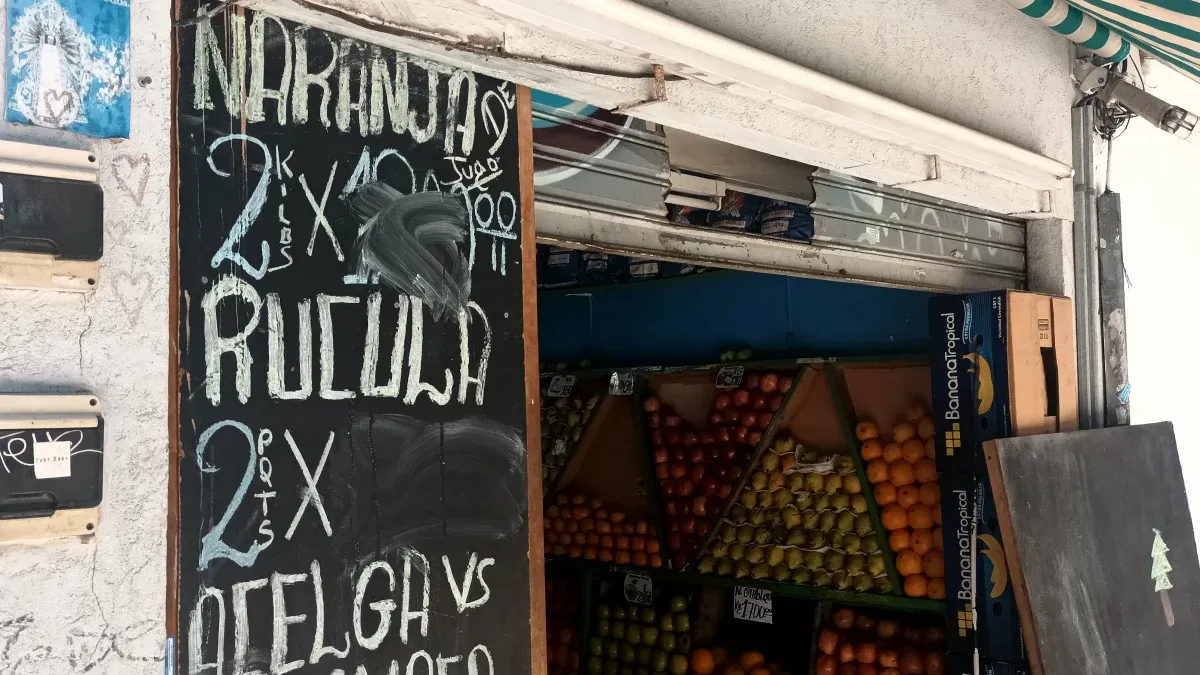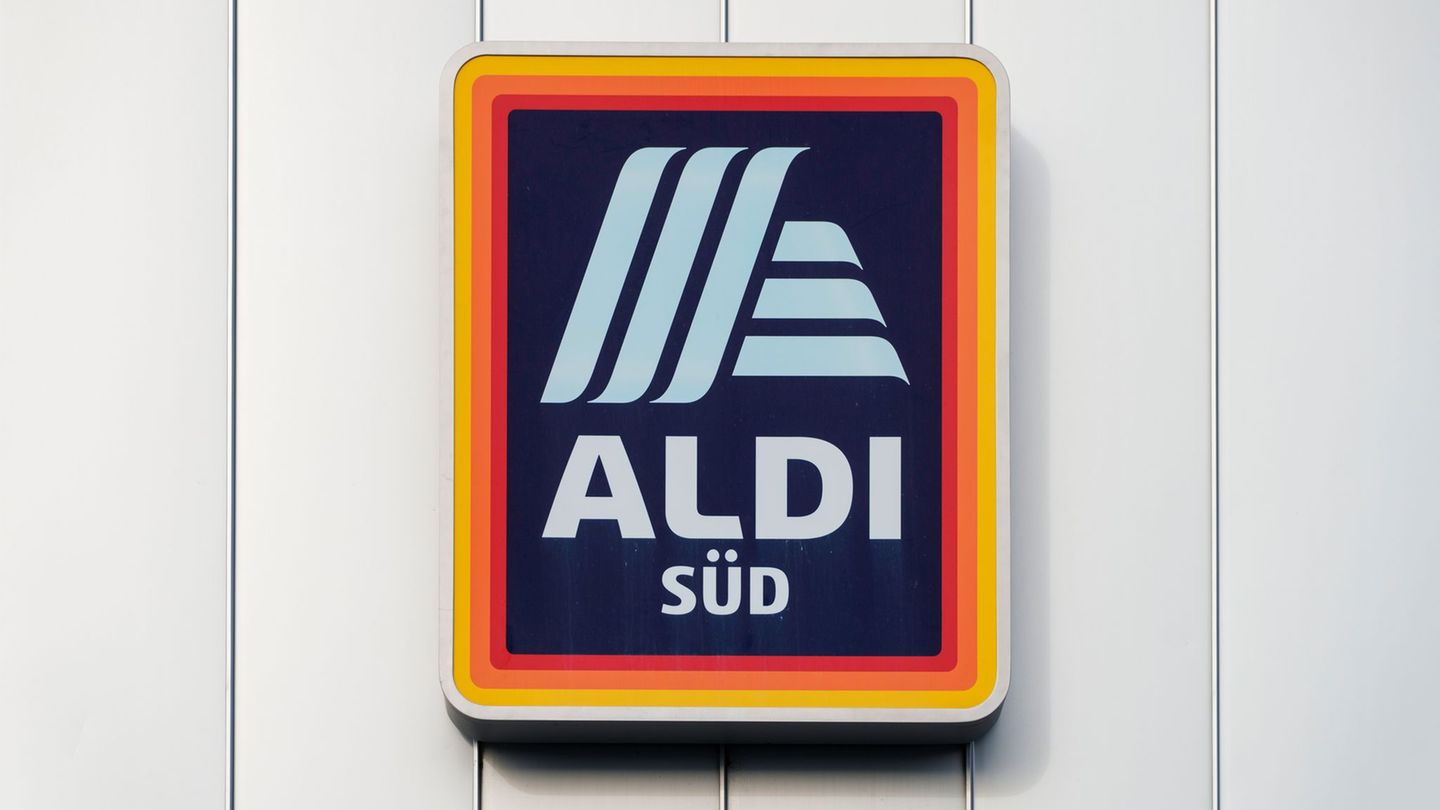“According to the Price Index at Origin and Destination (IPOD) prepared by the Regional Economies sector of CAME, in January the prices of agri-food multiplied by 3.8 times from the field (origin) to the shelf (destination)” , the report stated.
He specified that ““The consumer paid $3.8 for every $1 the producer received.”
“On average, the producer participation explained the 26.9% of final sale prices”, with the extremes in red pepper producers (63.5%) and orange producers (11.7%), he detailed.
In the case of fruits and vegetables, the index showed an increase in the price of the basket (19 fruits and vegetables) by 5.6 times, which represents an increase of 19.2% compared to December of last year.
Agrifood: why the basket of fruits and vegetables increased
“There are several factors that explain this monthly increase, combining thein the absence of validation of the final prices by the consumer due to the drop in purchasing powerthes inclement weather adverse events that affected some regions and productions (from high temperatures to excess or lack of precipitation), and the end of the harvest season for some products and the start for others, which entails a rearrangement of prices at both ends of the value chain,” the report cited.
Meanwhile, for the five livestock products and by-products that make up the IPOD basket for the sector, ““The consumer paid 3.2 times more than what the producer received.”
Food: which products represented the greatest difference in prices in the field and on the shelf
The report identified the norange (8.5 times), garlic (7.6), pear (7.5), onion (7.5) and tangerine (6.8), as the products that presented the greatest difference between origin and destination prices.
Orange and garlic were the agri-foods with the greatest gap between the producer and the consumer since “they presented increases at destination (63.3% and 24.1%, respectively), while their prices at origin did not show variations.”
On the other hand, the products that presented the least difference between the producer and consumer prices were red pepper (1.6 times), which rose 28.9% at origin and fell 27.7% at destination; cabbage (1.9 times), strawberries (2 times) and eggs (2.1 times), which increased the price for both the producer (0.6%) and the consumer (3.3%), according to records. of CAME.
Source: Ambito




